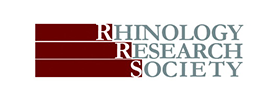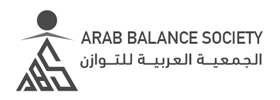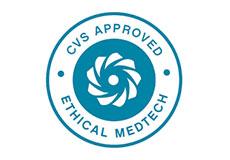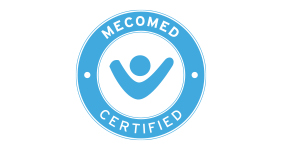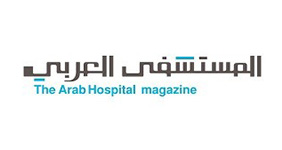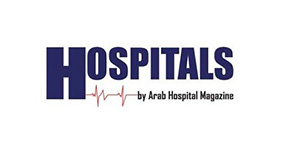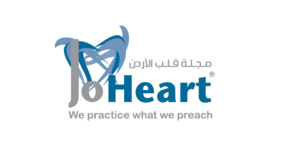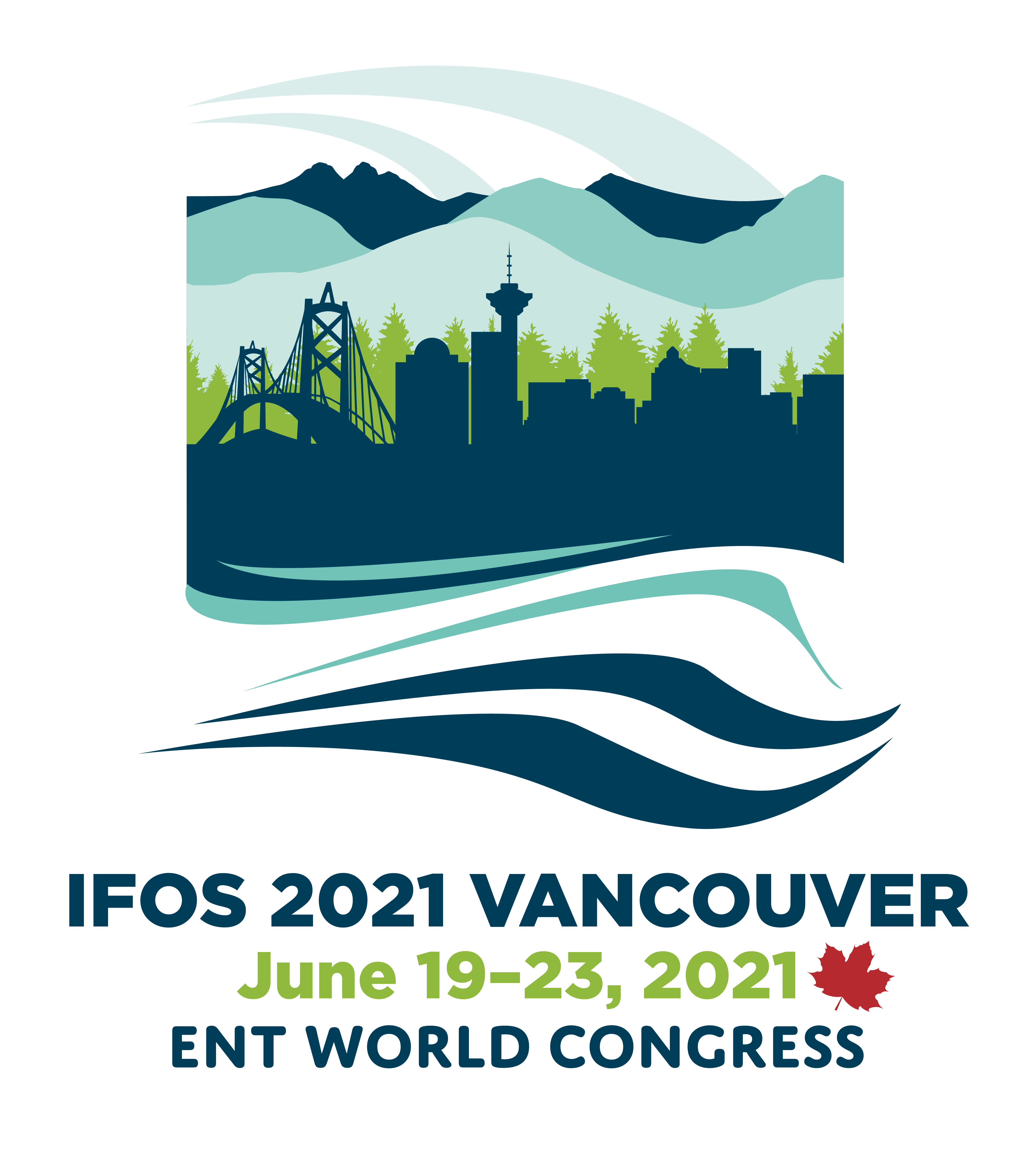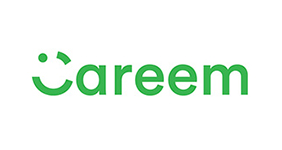An Update in the Management of Snoring and Sleep Apnoea
By Dr. Yousuf Saleem, St Helens & Knowsley Teaching Hospitals NHS Trust, UK
Snoring is present in about 20 per cent of the population, out of which only 2-4 per cent have obstructive sleep apnoea. Traditionally the results of surgery for snoring and sleep apnoea have been disappointing. The reasons for this are inadequate investigations prior to surgery to identify the exact level of obstruction causing the snoring and sleep apnoea.
The Apneagraph study is a form of pharyngeal manometry, which tells us if a patient has got sleep apnoea and also gives us the exact level of obstruction in these patients. This is very important and helpful for the ENT Surgeon, as he can plan the surgery according to the site of obstruction, hence giving a much better post-operative result.
The new technique of Coblation is a low temperature (40-70 degrees centigrade) plasma excision. The unique properties of Coblation technology enable rapid controlled removal of tissue at relatively low temperatures while maintaining the integrity of surrounding tissues or structures.
Results
We have been using Apneagraph and Coblation technology for all our patients with snoring and sleep apnoea. We have an on-going prospective trial going on at the moment for patients treated for snoring and sleep apnoea. The results have shown that preoperative Apneagraph is very important in determining the success of surgery.
Conclusions
Combination of preoperative Apneagraph followed with Coblation assisted upper airway procedures is ideal for the management of patients with sleep apnoea and snoring.
Dr. Saleem discussed ‘An Update in the Management of Snoring and Sleep Apnoea’ on April 28, as part of the General ENT conference, at the ME OTO Exhibition and Conference 2019.






